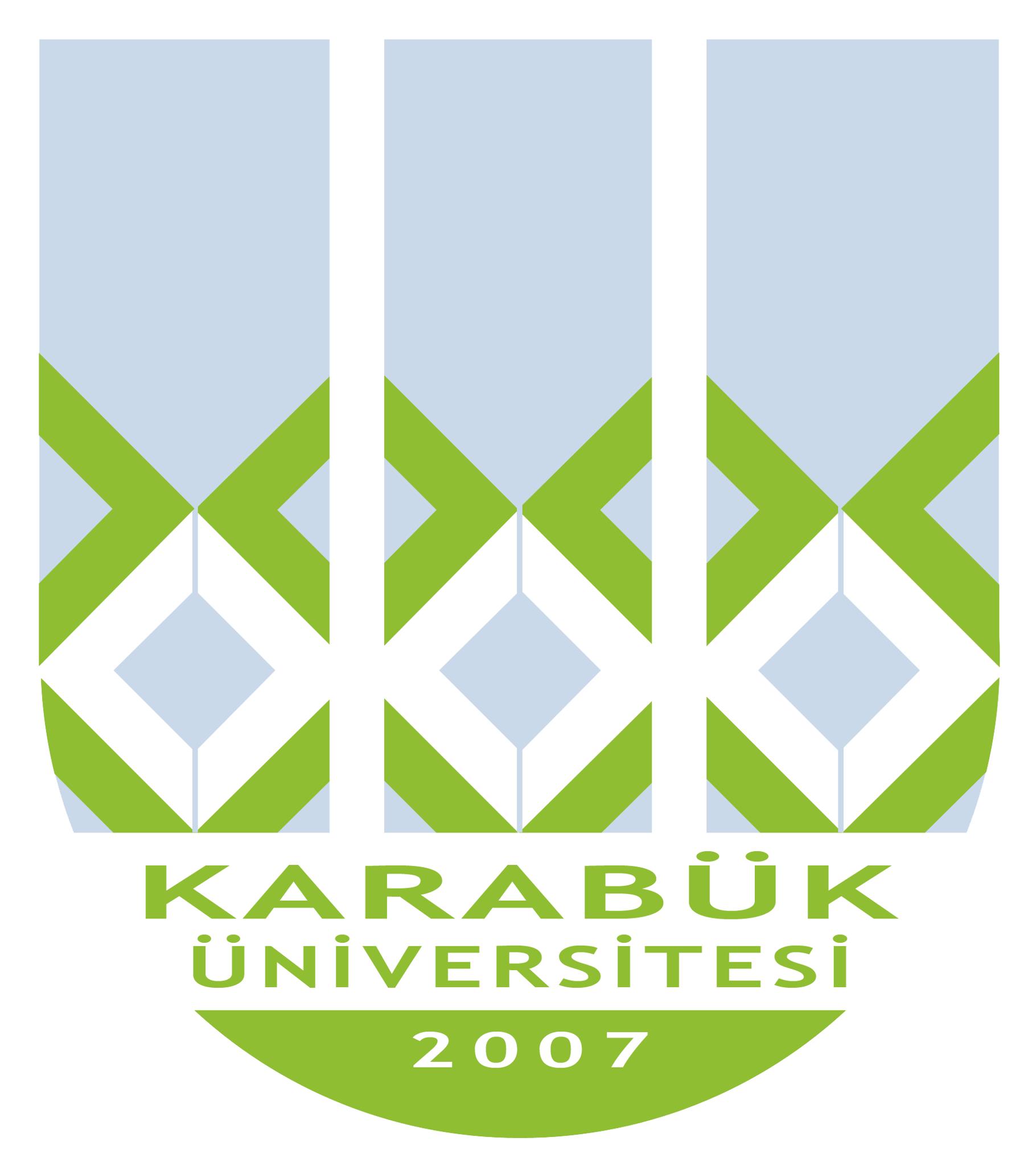All accepted submission will be published in journal indexed by: Scopus (Elsevier).
One person can be an author or a co-author in maximum two papers. The number of
pages for each paper - not less than 6, no more than 8. The maximum amount of co-authors in one
article - no more than 5.
TEMPLATES AND GUIDELINES
Word Format 17 x 25 cm, one column
170 x 250 mm paper size, one column format
Please read first the detailed Publication ETHICS. (Elsevier recommendations
and COPE's Best Practice Guidelines for Journal Editors).
Please use the IMRAD model for structuring your work. The following parts of the article are
mandatory:
Title
It must include no more than seven words (excluding prepositions, conjunctions and articles). The
title should not contain verbs. The title should not include such words as analysis, research, study,
to the question, new, problems, questions, some, features, special, from the point of view,
application, search, definition, modern, current, solution, best, most / least profitable, optimum,
most etc.
Abstract
The abstract should be the presentation of the article without itself. Abstract should have the same
structure as the article and include problem urgency; purpose; methods; results; conclusions. Abstract
should be of 200-250 words.
Keyword
From 5 to 10 words or word combinations.
Introduction
This part should include the objectives of the work and its background. It should be based on the
literature review. In the literature review you should show the competence in your area and its main
authors and works. In the same time, you should not cite all possible references but only those that
are strictly connected with your topic. The recommended quantity of references is 5-10.
Methods
This part should provide details of the experimental setup and the methods used for obtaining the
results.
Results
This part should clearly and concisely present the data using figures and tables where appropriate.
Discussion
This part should describe the relationships and generalizations shown by the results and discuss the
significance of the results making comparisons with previously published work.
Conclusions
Here the list of main conclusions is given. It should not repeat the results, but the generalization
is intended.
Acknowledgements
The personal acknowledgements and also the information about funding is given here.
References
It is important to remember that the list of references is one of the most important parts of the
article. You should show the competence in your area and its main authors and works. In the same time,
you should not cite all possible references but only those that are strictly connected with your
topic. The recommended quantity of references is 20. The cited papers should be relatively recent,
actual and easy of access. It is advisable that the papers are accessible through Internet. You should
cite publications in the text with number in the list enclosed in square brackets. A list of
references in the order of mention should be supplied.
































